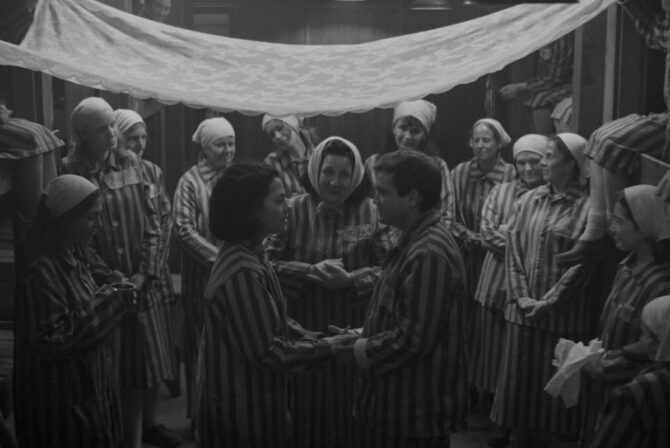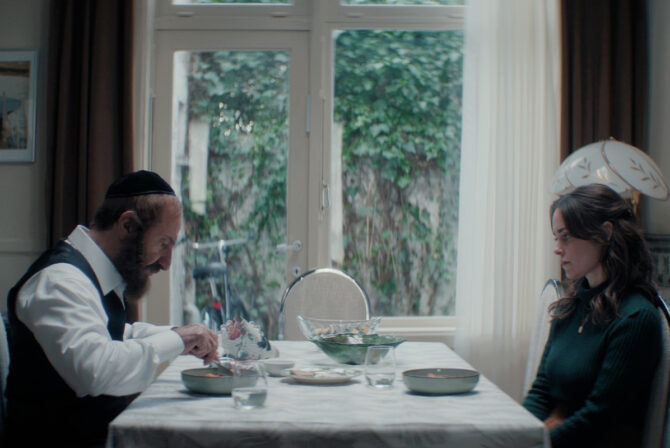When my oldest child was around 7 months old, I took a class in graduate school for an entire semester on the psychology of attachment theory. I learned about the nuances between “secure” and “insecure” attachment. That poor mothering (technically, gender-neutral caretaking, although the literature never seems to mention poor fathering) could lead to an infant developing an insecure attachment style, whereby they may grow up to be either avoidant or overly-clinging of closeness in an unhealthy way. Most disturbing, a disordered attachment style can result in disrupted relationship patterns that persist over time.
Holy cow. Was my son securely attached, I worried? What did I do to him when I engaged in full-blown, cry-it-out, cold-turkey sleep training when he was 4 months old? What about when I had to see patients late at the clinic one night a week and couldn’t be there for bedtime? How would he respond to my abandoning him for a much-needed girls’ weekend with my closest friends? It was enough to drive a new mom bananas.
READ: What I Don’t Get About Attachment Parenting
Fast forward five or so years, and I recently returned to work following my third maternity leave. My youngest baby girl at nearly 4 months old is eternally sweet-natured and full of smiles. She loves her older siblings and as the third child, relishes attention. Knowing she is my last, I am enjoying her in a way that seemed much harder the first two times around.
Alas, despite this lovely disposition, she is a terrible sleeper. Getting schlepped around to her older siblings’ activities ensures she never gets consolidated sleep time and prefers short catnaps on the go. This pattern exists at night as well, and she tends to wake up every hour and a half, not because she is hungry, but because this is now a habit and she cannot self-soothe and put herself back to sleep. The pacifier is both a godsend and a curse. It soothes her instantly, but once she falls asleep and it falls out, she awakens.
READ: Cross-Generational Thoughts on Attachment Parenting
I am exhausted. My husband, who blessedly mans my daughter during the non-nursing awakenings, is exhausted. This was somewhat manageable while on maternity leave, but now I am at work, and it is crucial I attend to my patients with careful listening and focus. While in some ways it is easier to get up and nurse her or pop in the pacifier, I know that it is time for sleep training.
Even though this is the third time around, it does not get easier. The anticipation of listening to my baby go through the process of learning to self-soothe makes me cringe. It is heart-wrenching. But this time around, I can also take comfort in peeking in on my older two, sleeping peacefully, soundly, and deeply, all night long. They do not seem any worse for the wear having cried-it-out as infants. They have developed into independent, curious, loving little people, who seem quite secure in their sense of self, place in our family and bond with their parents.
READ: My Daughter ‘Cried It Out’–Whether We Wanted Her To or Not
As a psychotherapist, I still tend to think clinically within an attachment framework, but my perspective is now more fleshed out than when I first encountered attachment theory in graduate school. Forming a positive and secure attachment with your baby is undoubtedly important, but there is not just one way to do so. Working with moms in my private practice who are struggling with adjusting to parenthood or more seriously, post-partum depression, I see how a mom’s mental health can be negatively impacted when there is a depletion of resources and a lack of self-care.
I studied another theory in graduate school that I like to share with moms-to-be in an expecting moms’ support group that I lead. D.W. Winnicott, a pediatrician and psychoanalyst, coined the term the “good enough mother.” This mother provides a “holding environment” for her baby through attending to the infant’s physical and emotional needs, which allows for the baby to feel safe and secure and a healthy bond to develop. But the good enough mother need not be a perfect mother. In fact, the good enough mother also moves toward a letting go, often through a “transitional object,” such as a lovey one might use during sleep training. The baby learns that despite occasional failures by the mother, the secure bond remains intact.
When I learned this theory, I felt enormous relief. The good enough mother makes mistakes. The good enough mother should allow for self-compassion when she gets store-bought cupcakes for a birthday party, puts on the television so she can take a shower, or asserts a personal need now and again. The kids will be OK. Not just OK, but happy, healthy, resilient, and secure in the bond felt between them. So, while it certainly won’t be easy, next week I will start sleep training yet again and let my daughter cry-it-out, confident that I am a good enough mother.







